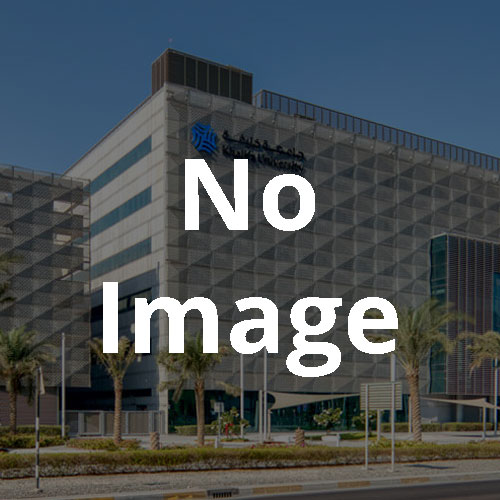
The project deals with the tectonostratigraphic analysis of the UAE-Oman fossil rifted margin. The aim of the research is to reconstruct the stratigraphic framework along a hypothetical section from the proximal into the distal margin of the Mesozoic Tethys ocean, which at present is cropping out in Northern Emirates and Oman territories. The goal will be the search for the main tectonic elements of Tethys rifting: proximal and distal margins and necking zone. Research will include the analysis of the stratigraphy of selected key-outcrops with classical field approach and lab methods (thin sections observation, paleontological analysis, compositional analysis). A special attention will be paid to the presence of possible rifting-related mineralization induced by fluids circulation, using geochemical and isotopic techniques. Where possible, the thermal history of basins will be investigated with thermochronologic analysis. Observations made on similar rifting setting will be an integral part of this research: data from selected areas (both from the field and seismic images), reported as key-examples of rifting systems partly or totally driven by magma-poor extensional mechanisms (e.g., Alpine rifting, Atlantic rifting, and Red Sea rifting) are used to integrate field finding in the UAE and Oman at the crustal scale. The deliverables and societal relevance of this project are twofold. On a practical level, (i) this research may lead to a better knowledge on several aspects (tectonostratigraphy, thermal evolution, interactions with fluids) of distal margins in magma-poor rifting systems, which may represent one of the most promising area for hydrocarbon exploration in the next future.
Whereas during the last century exploration and production at rifted margins have been mostly focused in the shallow water, wide extended belts facing oceanic toughs and into the corresponding counterpart buried onshore, in the last decades many attempts were made to enhance the knowledge on possible deep-water targets. In fact, despite technical difficulties, lack of precise scientific constrains and logistic costs, encouraging studies from fossil examples (e.g., Alps, Pyrenees), scientific reports from ODP cruises (e.g., Atlantic) and increasing HC demand may now justify new investments for the search of unconventional plays at deep water. On the base-research side, (ii) research on the stratigraphic architecture drive to consider different basins settled on different crustal setting. The knowledge of the main framework of the UAE-Oman rifted margin may attract the interest of different research communities. For example, our work may help define and constrain extensional mechanisms at magma poor rifting (main goal of the rifted margins community) but also explain the successive compressive phase suffered by some of these systems and, for example, may shed new light on the ophiolite obduction mechanism (regional geologists community).
